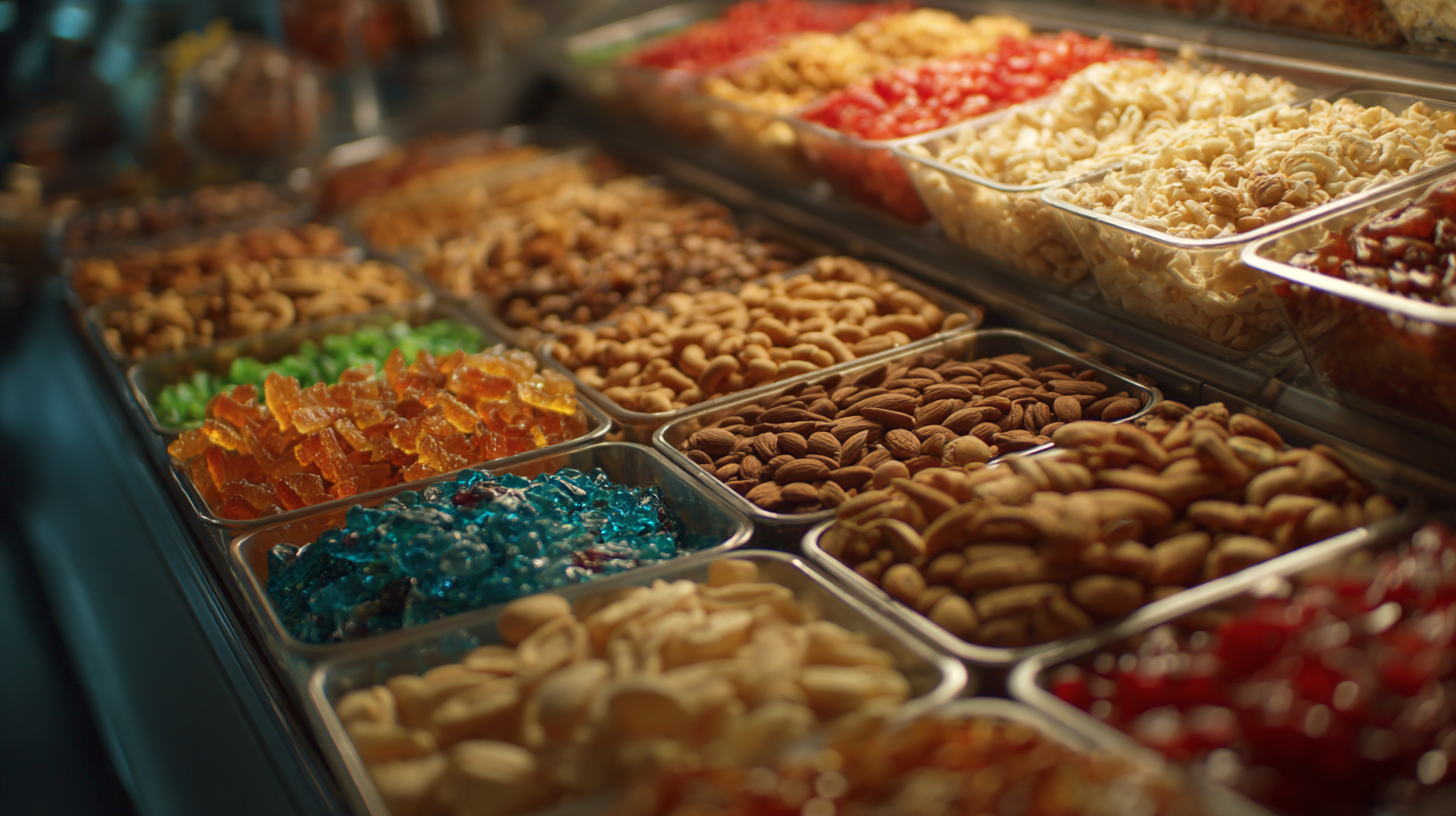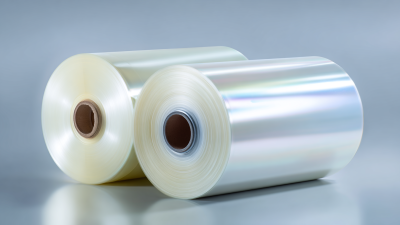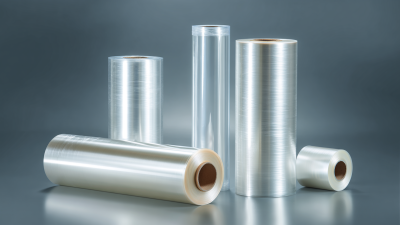In the competitive world of food processing and packaging, the selection of the right materials is crucial to ensure safety, quality, and compliance with industry standards. One essential component in this process is food grade film, which is specifically designed to safeguard food products from contamination while maintaining their freshness and integrity. However, the plethora of options available can make it challenging for businesses to identify which food grade film best suits their needs. Understanding the various types and characteristics of food grade films is paramount for making informed decisions that align with your business goals.

In this blog, we will uncover ten secrets to help you navigate the complexities of choosing the best food grade film for your business, ensuring that you not only protect your products but also enhance your brand’s reputation in the market.
When selecting the best food grade film for your business, understanding the various types and their key characteristics is essential. Food grade films come in several varieties, including polyethylene, polypropylene, and polyvinyl chloride (PVC). Each of these materials offers unique properties that make them suitable for different applications.
Polyethylene, for instance, is known for its excellent moisture barrier and flexibility, making it ideal for packaging fresh produce. On the other hand, polypropylene provides superior clarity and is frequently used for packaging items that require visibility, such as baked goods or snack foods.
Another critical aspect to consider is the film's intended application, which can range from vacuum sealing to surface protection. Films designed for vacuum sealing typically have a thicker gauge to prevent punctures and leaks. Conversely, films used for covering prepared foods may focus more on clinginess and breathability to maintain freshness without suffocating the product.
By understanding these characteristics and their applications, businesses can make informed decisions that enhance their packaging efficiency and product longevity.
When it comes to selecting food grade films for packaging, compliance with essential regulatory standards is crucial. The food packaging industry is regulated by various organizations, including the Food and Drug Administration (FDA) in the United States and the European Food Safety Authority (EFSA) in Europe. These entities set guidelines to ensure that materials used in food contact applications are safe and do not leach harmful substances into food products. Understanding these regulations is vital for businesses aiming to maintain consumer safety and avoid legal repercussions.
Additionally, food grade films must often comply with specific performance standards, such as those related to barrier properties, strength, and temperature resistance. Manufacturers should ensure that their films meet industry-specific certifications, such as those outlined in ASTM and ISO standards. By carefully evaluating the regulatory landscape and aligning their products accordingly, businesses can ensure that they are not only compliant but also providing high-quality, safe packaging solutions. This diligence not only enhances brand reputation but also builds consumer trust in a highly competitive market.
| Feature | Standard Requirement | Testing Method | Compliance Agency |
|---|---|---|---|
| Material Safety | FDA 21 CFR 177 | Chemical Migration Testing | FDA |
| Physical Properties | ASTM D882 | Tensile Strength Test | ASTM International |
| Temperature Resistance | ISO 22000 | Heat Resistance Testing | ISO |
| Barrier Properties | ASTM F1249 | Oxygen Transmission Rate | ASTM International |
| Certifications | USDA Certified | Documentation Review | USDA |
 When selecting a food grade film for your business, one of the most critical aspects to consider is its barrier properties. The ability of a film to preserve food quality directly correlates to its effectiveness in shielding products from moisture, oxygen, light, and other environmental factors. A strong barrier reduces the risk of spoilage and extends the shelf life of perishable items. For instance, films with low oxygen permeability can prevent oxidative degradation, thereby maintaining flavor, color, and nutritional value.
When selecting a food grade film for your business, one of the most critical aspects to consider is its barrier properties. The ability of a film to preserve food quality directly correlates to its effectiveness in shielding products from moisture, oxygen, light, and other environmental factors. A strong barrier reduces the risk of spoilage and extends the shelf life of perishable items. For instance, films with low oxygen permeability can prevent oxidative degradation, thereby maintaining flavor, color, and nutritional value.
Additionally, the choice of food grade film should account for specific food characteristics and storage conditions. Different foods have distinct requirements; meat, for example, may benefit from films that keep moisture in while blocking oxygen, whereas cheese might need a film that allows some breathability to prevent anaerobic bacteria growth. By carefully evaluating barrier properties tailored to your products, businesses can enhance food preservation, minimize waste, and ultimately deliver higher quality offerings to consumers.
When selecting food grade films for your business, understanding the cost dynamics is crucial to achieving an optimal balance between quality and budget. High-quality films can enhance product shelf life, maintain freshness, and improve overall presentation. However, these benefits often come at a higher price. It's essential to conduct a thorough cost analysis, comparing different suppliers and types of films to determine which options provide the best return on investment.
Furthermore, consider both direct and indirect costs associated with your choice of food grade films. While a cheaper film may reduce initial expenses, it might lead to greater losses through spoilage or damaged products, thereby affecting your bottom line. Exploring bulk purchasing options and long-term contracts can also help in negotiating better prices without compromising on quality. Ultimately, a nuanced understanding of both quality attributes and financial implications will guide you in making an informed decision that suits both your business needs and budget constraints.
The food packaging industry is experiencing a significant transformation as businesses increasingly embrace eco-friendly solutions. Sustainability trends are reshaping consumer preferences, with more customers seeking products that minimize environmental impact. This shift encourages companies to adopt biodegradable and recyclable food-grade films, which not only meet regulatory requirements but also resonate with the values of environmentally conscious consumers.

As organizations strive to enhance their sustainability profiles, there's a growing emphasis on materials that reduce carbon footprints while maintaining product integrity. Innovations in food-grade films that utilize plant-based polymers and compostable materials have emerged as viable alternatives to traditional plastics. These materials not only offer effective barrier properties but also align with the global movement towards reducing plastic waste. By selecting these sustainable packaging solutions, businesses can increase their appeal to a broader audience and contribute to a healthier planet.






